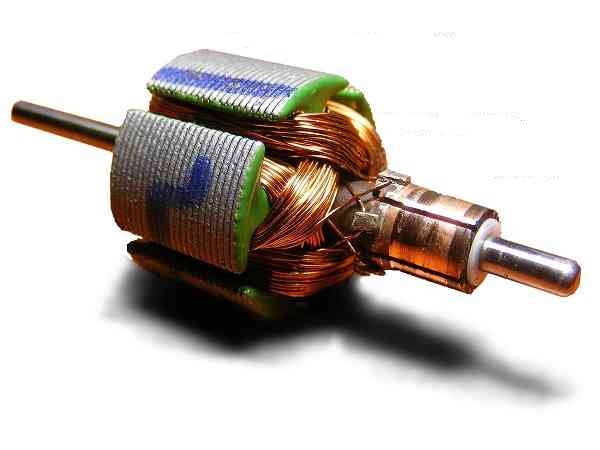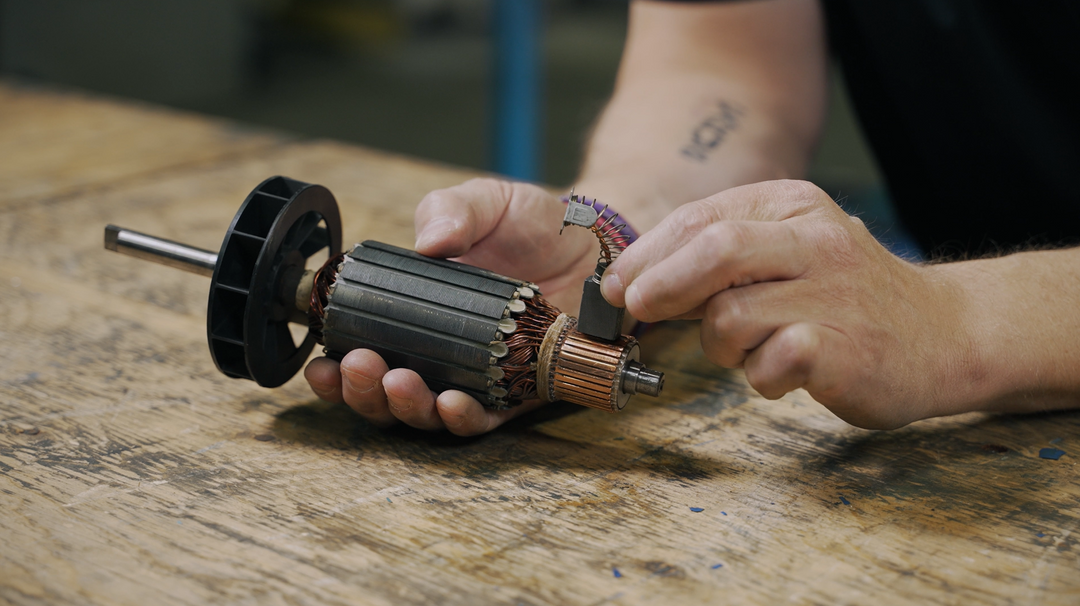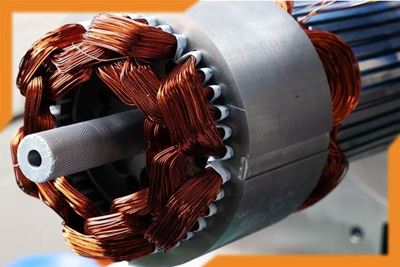A DC servo motor is a type of motor that is used in a range of applications, from robotics to industrial automation. It consists of four main components: a rotor, a stator, a drive system, and a feedback system.
The rotor is the rotating part of the motor and is typically made of a permanent magnet. The stator is the stationary part of the motor and is usually composed of an electromagnet. The drive system is responsible for providing the power necessary for the motor to rotate and is typically made up of a DC power source, a motor controller, and a set of gears.
The feedback system is used to measure the position of the rotor and is typically composed of a sensor, such as an encoder, and a feedback loop. This loop is used to measure the position of the rotor and provide feedback to the motor controller, which in turn adjusts the power supplied to the motor to keep it rotating at the desired speed.
Outer casing of DC motor
The outer casing of a DC motor is typically made of plastic or metal. The casing serves to protect the internal components of the motor from dust, dirt, and other environmental hazards. It also helps to dissipate heat from the motor, allowing it to run cooler and more efficiently.

What do carbons do in a DC motor?
Carbons are an important component in a DC motor. They act as electrical contacts that are used to conduct electricity from the power source to the motor. The carbons are typically made of graphite and are connected to the commutator, which is a rotating switch that controls the flow of electricity to the armature. The carbons are positioned around the circumference of the commutator and make contact with the brushes, which are also made of graphite.
The carbons are essential for the operation of the motor because they provide a continuous electrical connection between the power source and the armature. The carbons allow for the flow of electricity to the armature, which is responsible for producing the rotational motion of the motor. The carbons also help to reduce the amount of sparking that occurs when the brushes make contact with the commutator.
The carbons are important for the performance of the motor because they help to maintain a steady flow of electricity to the armature. This helps to ensure that the motor is running at its most efficient level and that the output is consistent. The carbons also help to reduce the amount of friction that is produced between the brushes and the commutator, which helps to reduce the amount of wear and tear on the motor.
Difference between servo and motor
A servo motor and a motor are both types of electric motors that are used to convert electrical energy into mechanical energy. However, there are several key differences between these two types of motors.
The first difference is that a servo motor is designed to move to a specific position, whereas a motor is designed to rotate continuously. A servo motor is typically used to control the position of an object, such as a robotic arm, while a motor is usually used to rotate a wheel or other object.

The second difference is that a servo motor is usually more precise than a motor. A servo motor can be programmed to move to a specific position with a high degree of accuracy, while a motor is typically less precise.
The third difference is that a servo motor is usually more expensive than a motor. This is because a servo motor requires additional components, such as a controller and feedback system, to ensure accuracy.
The fourth difference is that a servo motor is usually more efficient than a motor. This is because a servo motor only uses the energy necessary to move to a specific position, while a motor must use energy to rotate continuously. This makes servo motors more efficient, as they require less energy to operate.
Programs of a servo motor
There are different applications where we use servo motors:
Robotics: they are used in various robotic parts such as legs, hands, faces, etc.
Factories: They are used in various textile units, and industries for assembly units of various parts.
Solar: They are used in the moments of the solar panels to capture the maximum sunlight, that is, the movement of the solar panels according to the moment of the sun.
Electronic tools: They are used in camera lens moment for DSLR cameras, and camera unit moment in smartphones (Popup Camera).

Read more: What is the cause of servo motor failure?
Advantages of DC servo motor
DC servo motors were actually the first servo electric devices that entered the field of the industrial world, and their types have various advantages, among which the following can be mentioned:
• Accurately control rotation speed in both directions
• Having a fast response time
• Being able to change the direction of the fast cycle
• Suitable for high powers
• Having efficiency as well as high power
• Having the ability to control easily and accurately
Disadvantage of DC servo motor
Among the disadvantages of DC servo motors, the following can be mentioned:
• Having a complex structure
• Having lower efficiency compared to AC servo motor
• Having a high price
• Having a relatively high cost for repairs and maintenance: due to having carbon brushes and DC servo motors, they definitely need maintenance and periodic visits.
• Possibility of overheating
• Having a speed limit
• Not having proper and optimal performance in dust






